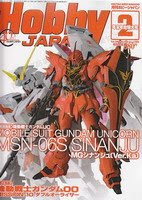
APART from being the last piston-cngined bomber to be employed under operational conditions by the Royal Air Force, the Avro Lincoln has often been described as the 'long-range Lancaster, Far East bomber, or the RAF's answer to the B-29'. Of these, the first two were substantially correct but as for being the equivalent of the B-29 the Lincoln was conceived as a different class of aircraft altogether and even though it was constructed at the same time as the American machine, B-29s were eventually called upon to supplement its abilities with RAF Bomber Command. Originally seen as being a logical development of the very successful Avro Lancaster, the original design studies were, in fact, named Lancaster IV and V differing in having either Rolls-Royce or Packard Merlin engines. But with an increase in wingspan, more powerful engines and armament it soon became evident that the design study was, in fact, an entirely different aeroplane albeit within the same role and having the same general appearance. The decision was therefore taken to rename it the Type 694 Lincoln.
















































